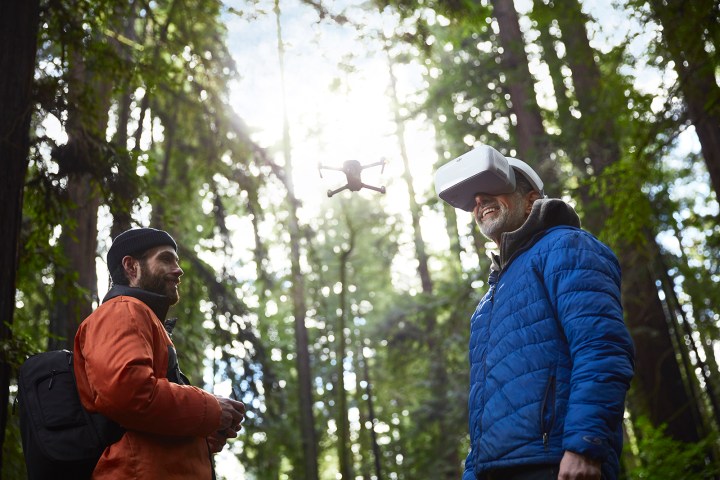
As per the ASSURE report, which was prepared on behalf of the U.S. Federal Aviation Administration in order to identify criteria for safe drone operations in the presence of people, today’s drones feature “unique aerodynamic and structural properties that mitigate the force involved in a collision.”
For example, if a DJI Phantom 3 drone were to fall on your head, you’d have a 0.03 percent chance or less of sustaining a head injury. In comparison, if a block of steel or wood with the same weight were to come down on your noggin, you’d have a 99 percent risk of injury. So what’s the difference? The report claims that a DJI drone absorbs much of the energy in the case of a collision, which means less energy is transferred to your head.
“ASSURE’s report is the first thorough scientific study of the risk drones pose to people on the ground, and we are pleased that it validates our own findings that earlier measurement standards grossly overstate the risks of injury from a drone,” said Brendan Schulman, DJI’s vice president of policy and legal affairs. “ASSURE’s work provides a deeper scientific understanding of the kinetic and aerodynamic factors which make drones far safer than some had thought. We look forward to more detailed research that will ensure drone safety requirements and regulations are based on measurable risk, not on fear, misunderstandings, or outdated standards.”
Dr. Walter Stockwell, DJI’s director of technical standards, echoed these sentiments, noting, “This report represents groundbreaking work to understand how drone impacts would occur in the real world. This will be an important guide as the industry works to make standards for drones that fly over and near people.”


